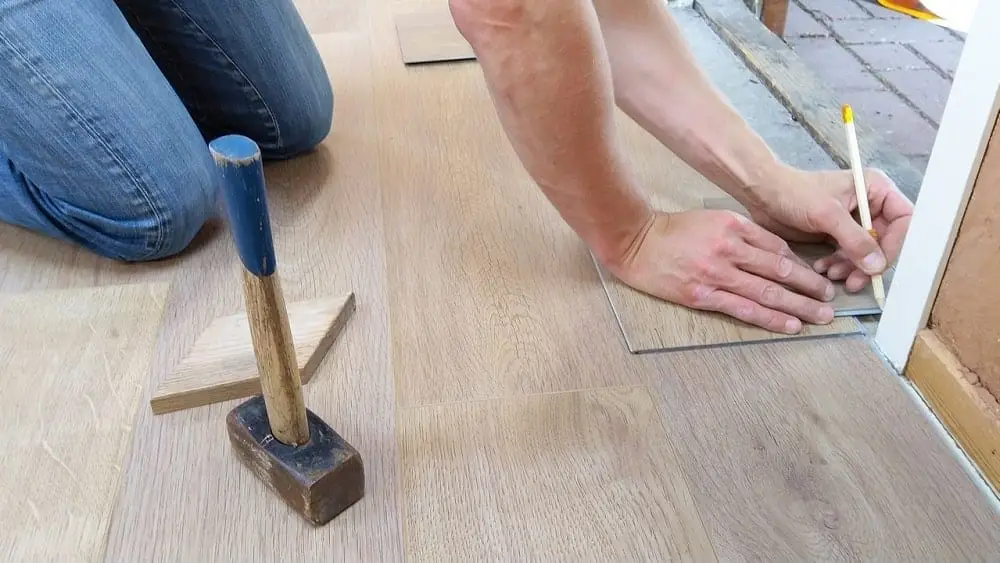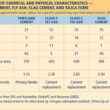Our this flooring calculator is a simple tool that helps homeowners and contractors estimate the cost of installing a new floor. It can be used to calculate the amount of flooring material needed, as well as the cost of labor and any additional materials required for the project.
To use a flooring calculator, you will need to provide the following information:
- The type of flooring material you plan to use (e.g., hardwood, carpet, tile, etc.)
- The size of the room or area where the flooring will be installed
- The width and length of the flooring material you plan to use
- The cost per square foot of the flooring material
Based on this information, the calculator will determine the total square footage of the area to be covered, the number of flooring materials needed, and the total cost of the project. It may also take into account additional factors such as the cost of labor, underlayment, and other materials needed for the installation.
To use a flooring calculator, simply enter the required information into the calculator’s input fields and hit the “Calculate” button. The calculator will then provide an estimate of the total cost of the project. This can be helpful for budgeting and planning purposes, as it can give you a rough idea of what to expect when it comes to the cost of your flooring project.

Flooring Calculator
How to calculate the Area for the flooring Material?
To calculate the area of a floor, you will need to measure the width and length of the room or area where the floor will be installed. Then, use the following formula:
Area = Width x Length
For example, if the width of the room is 12 feet and the length is 15 feet, the total area would be:
Area = 12 ft x 15 ft = 180 sq ft
Like Us on Facebook!
To calculate the cost of a flooring project, you will need to know the following information:
Subscribe Us on YouTube!
- The cost per square foot of the flooring material
- The total square footage of the area to be covered
- The cost of any additional materials or labor required for the installation
Use the following formula to calculate the total cost:
Total Cost = (Cost per sq ft) x (Total sq ft) + Additional Costs
For example, if the cost per square foot of the flooring material is $5 and the total square footage of the area to be covered is 180 sq ft, and the additional costs are $200, the total cost would be:
Total Cost = ($5/sq ft) x (180 sq ft) + $200 = $900 + $200 = $1100
This is a rough estimate of the total cost of the flooring project, including the cost of the flooring material and any additional materials or labor required. It is always a good idea to get multiple estimates from different contractors to ensure you are getting the best price for the project.
Also Read: Concrete Block Calculator – How many standard blocks I need for a wall
What if I have multiple Areas?
To calculate the total area of a room or space that has been divided into multiple rectangular segments, you can follow these steps:
- Measure the width and length of each rectangular segment.
- Calculate the area of each segment by multiplying the width by the length.
- Add up the areas of all the segments to get the total area.
The formula for calculating the area of a rectangular segment is:
Area = Width x Length
For example, consider a room that has been divided into three rectangular segments, as shown in the diagram below:
[Diagram showing a room divided into three rectangular segments]
To calculate the total area of the room, you would need to measure the width and length of each segment and use the formula above to calculate the area of each segment. Then, add up the areas of all three segments to get the total area.
For example, if the dimensions of the segments are as follows:
Segment 1: Width = 10 ft, Length = 15 ft, Area = 10 ft x 15 ft = 150 sq ft Segment 2: Width = 12 ft, Length = 12 ft, Area = 12 ft x 12 ft = 144 sq ft Segment 3: Width = 8 ft, Length = 20 ft, Area = 8 ft x 20 ft = 160 sq ft
The total area of the room would be:
Total Area = 150 sq ft + 144 sq ft + 160 sq ft = 454 sq ft
This is the total area of the room, including all three rectangular segments. You can use this method to calculate the total area of any space that has been divided into multiple rectangular segments.
Also Read: Brick Masonry Calculator – Calculate No. of Bricks required in a wall
My reading units are not consistent
To convert from meters to feet, you can use the following conversion factor:
1 meter = 3.28084 feet
To convert from feet to meters, you can use the following conversion factor:
1 foot = 0.3048 meters
To convert from square feet to square meters, you can use the following conversion factor:
1 sq ft = 0.092903 sq meters
To convert from square meters to square feet, you can use the following conversion factor:
1 sq meter = 10.764 sq ft
Here’s an example of how to use these conversion factors to convert between different units of measurement:
Example: Convert 5 meters to feet
To convert 5 meters to feet, you can use the conversion factor 1 meter = 3.28084 feet. Simply multiply the number of meters by the conversion factor to get the equivalent number of feet:
5 meters x 3.28084 feet/meter = 16.404 feet
So 5 meters is equivalent to 16.404 feet.
Example: Convert 50 sq meters to sq feet
To convert 50 sq meters to sq feet, you can use the conversion factor 1 sq meter = 10.764 sq ft. Simply multiply the number of sq meters by the conversion factor to get the equivalent number of sq feet:
50 sq meters x 10.764 sq ft/sq meter = 538.2 sq ft
So 50 sq meters is equivalent to 538.2 sq ft.




















